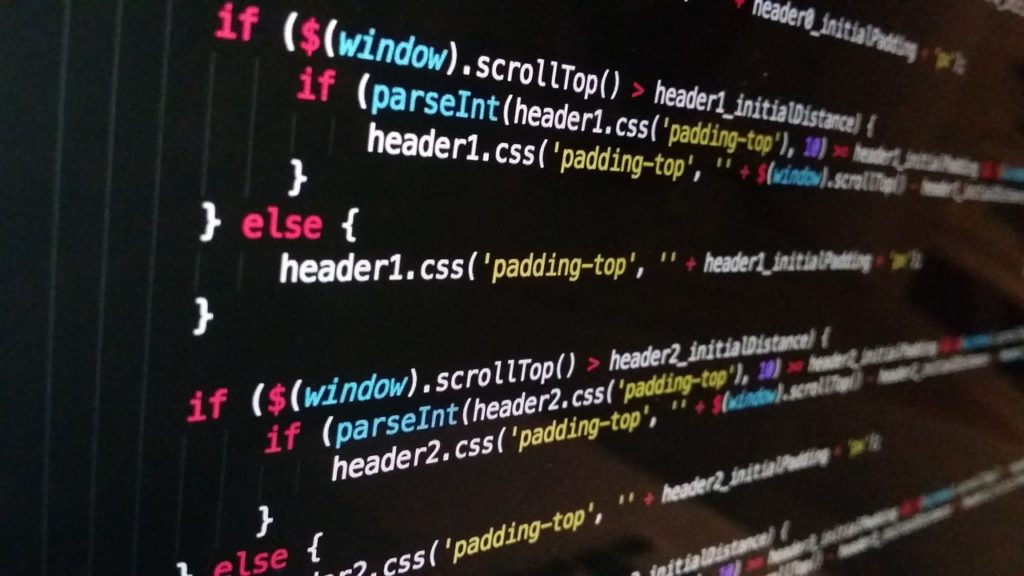Many studies have shown that companies with more diversity in their staff perform better financially. In spite of this, hiring biases, though not typically malicious in nature, have not yet declined in the United States. Even without meaning to, people can let bias influence their hiring decisions.
Fortunately, hiring trends over the past few years demonstrate that more and more employers are turning to artificial intelligence (AI) solutions to avoid unconscious bias in the hiring process.
But do these artificial intelligence tools really have the potential to completely eliminate bias from hiring? We’ll explore how they work, why experts believe they could get rid of bias entirely, and some of the problems emerging as these tools are being implemented.
How Do AI Hiring Tools Work?
Artificial intelligence tools can be designed to help weed out unconscious bias found in the hiring process. One of the most important areas in which these tools can help is operating speed.
AI tools are significantly faster than human beings in every way. Because AI tools can sort through resumes so quickly, they don’t need to implement bias to make the pool of potential candidates smaller; instead, they can weed through thousands of applications in seconds. This could allow candidates that might never have been looked at a chance to enter the hiring pool, letting new and different candidates into the mix.
In its most beneficial form, AI tools work as assistants to the hiring managers in charge of recruiting new candidates. These tools allow more efficiency and speed in the process of weeding through potentially thousands of candidates. However, these tools are most effective when used alongside human oversight. Taking care of time-consuming tasks like sifting through numerous—and sometimes irrelevant—resumes allows hiring managers to focus more on the interview process and interacting with candidates in person.
AI tools can also be used as a method of data tracking and record keeping for these hiring managers, giving them a way to organize candidate data more efficiently.
How Can It Help with Unconscious Bias?
AI tools can be designed to completely ignore information such as race, gender, and age and instead focus on other data points, making for a fairer and less biased candidate search. These algorithms can select better potential candidates than humans alone, as AI simply processes data at speeds human beings could never be capable of.
Additionally, AI tools can be fed information about already-successful employees at the company, thereby generating a more accurate picture of the qualities to look for in job candidates. This makes the hiring process easier, more efficient, and more accurate in the long run.
What Are the Potential Problems?
AI tools have begun to make their way into the mainstream over the last several years, but they are also increasingly coming under fire.
Critics of these tools argue that the problem with artificial intelligence tools in the hiring process is that they are using data given to them by inherently biased human beings. In other words, the tools are only as effective as the data they receive. This means that the tools will pick up on unconscious bias we may not even realize exists in the data we are feeding them, resulting in biased results.
There are ways to overcome this problem, however. You can select an appropriately diverse array of successful employees, supplying your AI tools with a better data set. You can also teach your tools to ignore all data that implies gender, race, or age.
In the end, relying blindly on any tool will not be successful. Instead, we have to learn ways to integrate these tools into a hiring process that is still overseen by people. The tools must be audited and checked, and if biases are seen in the results, they should be edited to eliminate those trends. Appropriate standards must be set for artificial intelligence tools, just like safety checks in other areas, and AI tools should not be used if they do not meet certain standards.
The standards themselves might need updating as well. The existing US Equal Employment Opportunity Commission mandates were written back in the 1970s, which is well before the advent of the Internet and a massive increase in job applications. Frankly, it’s no surprise that feeding this outdated information into artificial intelligence tools is resulting in some unanticipated biases. With some changes to the system, we can overcome many problems with AI hiring tools, even potentially one day eliminating bias from the hiring process completely.

